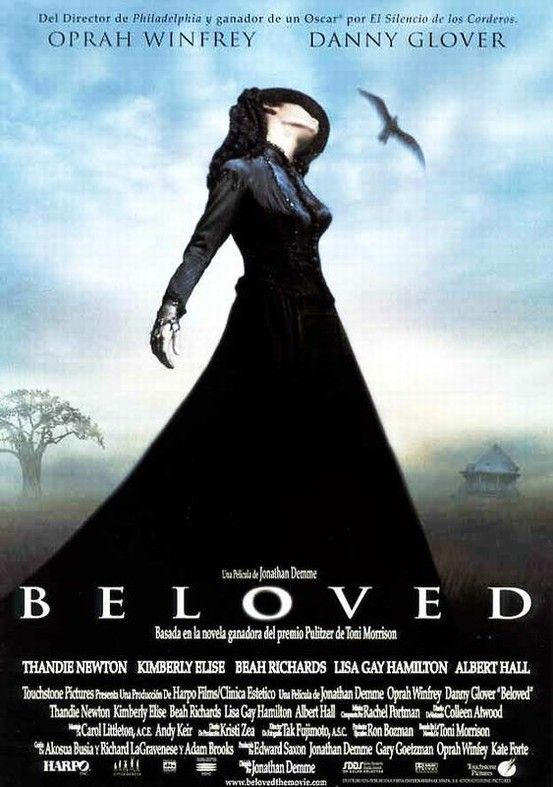
Alright, lit lovers and history buffs, gather ’round! There are some books that don’t just tell a story; they embed themselves deep into your soul, shifting your perspective and staying with you long after the final page is turned. Toni Morrison’s Pulitzer Prize-winning masterpiece, ‘Beloved,’ is undeniably one of those books, a literary earthquake that continues to reverberate through our cultural landscape decades after its initial publication in 1987. It’s not just a novel; it’s an experience, a necessary confrontation with a past that, for too long, was silenced.
We’re talking about a narrative so powerful, so raw, that it fundamentally reshaped how we understand the psychological and emotional tolls of slavery. Morrison didn’t just write a book; she built a monument of words, dedicated to the “Sixty Million and more” souls lost to the Atlantic slave trade. This isn’t just a story about a haunted house; it’s about a nation haunted by its own history, a family grappling with unspeakable memories, and individuals striving to reclaim their humanity in the wake of unimaginable brutality.
So, prepare to dive deep with us as we unpack 14 profound aspects of ‘Beloved.’ From its chilling real-life inspiration to its intricate themes and unforgettable characters, we’re going to explore why this novel remains as vital and resonant today as it was when it first captivated—and challenged—the world. Let’s peel back the layers and discover the enduring power of a story that simply refuses to be forgotten.

1. **The Haunting Genesis: Inspiration from Margaret Garner’s Story**Every great story often has a kernel of truth, a spark from reality that ignites the author’s imagination. For Toni Morrison’s ‘Beloved,’ that spark came from the harrowing true story of Margaret Garner, a formerly enslaved woman whose desperate act forever etched her name into the annals of American history. Garner’s life, set against the brutal backdrop of 19th-century America, provided the essential, heartbreaking foundation for Sethe’s fictional journey, lending an almost unbearable weight of authenticity to the novel.
In 1856, Margaret Garner, a slave in Kentucky, managed to escape to the free state of Ohio. However, under the cruel provisions of the Fugitive Slave Act of 1850, she was subject to recapture. When U.S. marshals descended upon the cabin where she and her children were barricaded, Garner made a tragic, unthinkable choice. In a desperate attempt to spare her children from being returned to the horrors of slavery, she tried to kill them, succeeding in taking the life of her youngest daughter. This act, born of unimaginable love and terror, became a poignant symbol of the extreme lengths to which enslaved people were driven.
Morrison’s main inspiration for the novel was an account of this very event, titled “A Visit to the Slave Mother who Killed Her Child.” This article, initially published in an 1856 newspaper, was later reproduced in ‘The Black Book,’ an anthology of Black history and culture that Morrison herself had edited in 1974. The raw power of Garner’s story, her impossible choice between death and slavery for her children, clearly resonated deeply with Morrison, providing her with the factual anchor for her fictional narrative.
By drawing directly from Margaret Garner’s life, Morrison not only grounded ‘Beloved’ in a horrifying historical reality but also gave voice to the unspeakable anguish of countless enslaved mothers. This historical grounding ensures that the novel isn’t just a fictional tale; it’s a testament to the brutal realities of slavery and the profound, often tragic, expressions of maternal love under the most inhumane conditions. It’s a reminder that the most profound fiction often unearths the deepest truths.

2. **A Traumatized Home: The Plot Unfolds at 124 Bluestone Road**Stepping into the world of ‘Beloved’ means stepping into 124 Bluestone Road, Cincinnati, Ohio, in 1873—a house that is as much a character as its human inhabitants. Here, we meet Sethe, a formerly enslaved woman, and her 18-year-old daughter, Denver, living under the oppressive shadow of a malevolent spirit. This isn’t your average ghost story; the haunting at 124 is a visceral manifestation of unresolved trauma, a constant reminder of a past that refuses to stay buried.
Before the novel’s opening, Sethe’s sons, Howard and Buglar, had already fled by the age of 13, convinced that the ghost was to blame. Baby Suggs, Sethe’s mother-in-law, had also passed away eight years prior, leaving Sethe and Denver in a state of isolated apprehension. Their lives are defined by this spectral presence, a constant companion for Denver and a source of quiet dread for Sethe, pushing them further and further from the wider community.
Then, a glimmer of hope, or perhaps a new layer of complexity, arrives in the form of Paul D, one of the enslaved men from Sweet Home, the plantation where Sethe and her family were once brutalized. His arrival is transformative; he forces out the spirit, much to Denver’s initial resentment for driving away her “only companion.” Paul D’s presence seems to promise a chance at a normal life, even prompting Sethe and Denver to venture out to a carnival for the first time in years.
However, the calm is short-lived. Upon their return, a mysterious young woman calling herself Beloved appears, soaking wet, on their doorstep. Paul D immediately senses something amiss, his instincts raising red flags, but Sethe, charmed by the newcomer, dismisses his warnings. Denver, clinging to a desperate hope, begins to believe that this sickly young woman is none other than her older sister, returned from the dead. This enigmatic arrival sets the stage for a haunting that is far more complex than any simple poltergeist, initiating a profound unraveling of memory, identity, and the very fabric of the family.
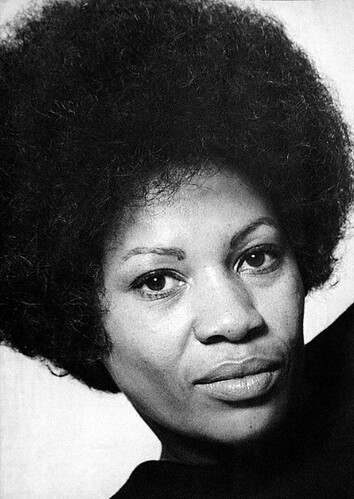
3. **The “Sixty Million and More”: The Novel’s Powerful Dedication and Epigraph**Before even the first chapter, Toni Morrison sets the profound, almost sacred, tone of ‘Beloved’ with a dedication and an epigraph that immediately contextualize the monumental scope of her narrative. The book’s dedication, “Sixty Million and more,” is not just a number; it’s a profound act of remembrance, a solemn acknowledgment of the unfathomable human cost of the Atlantic slave trade. This dedication serves as a stark reminder that the stories within the novel are not isolated incidents but echoes of a vast, collective tragedy.
Morrison’s intention with this dedication was to honor the countless Africans and their descendants who perished as a direct result of this brutal institution. It’s a deliberate statement, asserting that ‘Beloved’ is not merely a tale of individual suffering but a memorial, a literary bench by the road for those whose lives were stolen and whose stories were erased by history. This dedication immediately elevates the novel from a personal tragedy to a monumental act of historical witness.
Following this powerful dedication, the book’s epigraph is taken from Romans 9:25 (King James Bible): “I will call them my people, which were not my people; and her beloved, which was not beloved.” This biblical verse, repurposed by Morrison, resonates with multiple layers of meaning throughout the narrative. It speaks to themes of belonging, rejection, and the redefinition of identity, particularly for those who were dehumanized and dispossessed by slavery.
The epigraph subtly foreshadows the central conflict of the novel: the struggle for identity and recognition, and the desperate yearning for love and acceptance in a world that denied both. It directly references the unnamed, murdered child who becomes “Beloved,” highlighting her initial lack of belonging and love, only to be reclaimed through a name inscribed on a tombstone. Together, the dedication and epigraph aren’t just prefatory remarks; they are foundational pillars, signaling the novel’s profound historical burden, its spiritual quest for redemption, and its exploration of what it means to be both “people” and “beloved” in the face of profound systemic injustice.
Read more about: Beyond the Pages: 15 Jaw-Dropping Reasons Why Toni Morrison’s ‘Beloved’ Still Shakes the Literary World (and Our Hearts!)
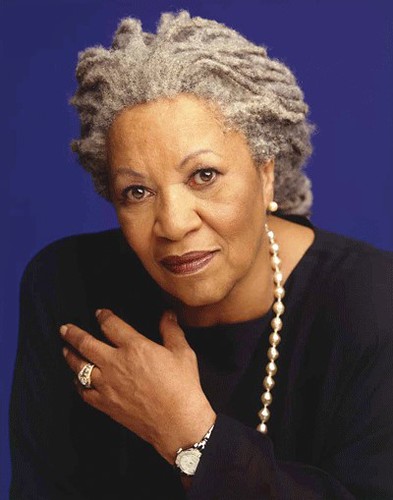
4. **Beyond Instinct: The Complexities of Mother-Daughter Bonds**At the very heart of ‘Beloved’ lies a searing exploration of mother-daughter relationships, particularly as they are twisted and fractured by the unspeakable trauma of slavery. Toni Morrison portrays maternal bonds not as idyllic, instinctual connections, but as profoundly complex, sometimes dangerous, forces in a world that systematically sought to deny enslaved mothers any claim to their children. Sethe’s fierce, almost terrifying, love for her children drives many of the novel’s most pivotal, and tragic, moments.
Sethe’s maternal passion, while born of love, becomes dangerously possessive, leading to the devastating act of infanticide. She kills her eldest daughter in an attempt to spare her from the living death of slavery, believing it was the ultimate act of protection. The novel portrays this as Sethe trying to salvage her “fantasy of the future,” her children, from a life in bondage. This act, however, has profound consequences, leading to the estrangement of her surviving daughter, Denver, and ultimately to Sethe losing a part of her “best self” in the process.
Denver, in turn, is initially trapped by her mother’s actions and her own isolation. She fails to individuate, relying on the haunting spirit and then on Beloved herself for companionship. It is only through the catalyst of Beloved’s return and subsequent malevolent influence that Denver is forced to reach out to the Black community, a step crucial for her own development into womanhood. This journey illustrates how Sethe’s attempts to protect her children inadvertently inhibited their growth, underscoring the destructive ripple effects of trauma.
Morrison also contrasts Sethe’s approach with that of Baby Suggs, Sethe’s mother-in-law, who, having lost many of her own children to slavery, chose a different path: refusing to become too close, remembering what she could, but not fighting. Sethe, conversely, tries to hold onto them and fight for them, even to the point of killing them for freedom. The trauma of having her milk stolen, a symbolic bond between mother and child, further highlights the profound violation of motherhood under slavery. The novel profoundly asks what love can, or must, become when stripped of all conventional boundaries.
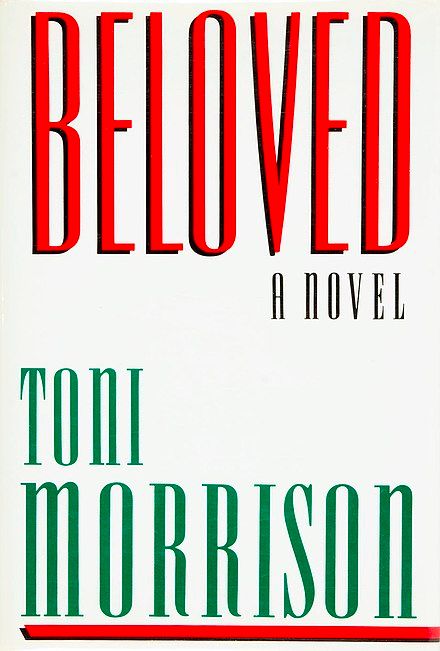
5. **Echoes of Trauma: Slavery’s Deep Psychological Scars on Identity**’Beloved’ is an unparalleled masterclass in depicting the enduring psychological impact of slavery, portraying it not just as a physical bondage but as a profound fracturing of the self. The narrative illustrates how the immense suffering under slavery compelled many former slaves to repress their horrific memories, attempting to forget a past that was too painful to bear. However, this repression, this dissociation from the past, comes at a steep price: a fragmentation of identity and a profound loss of self.
The novel’s main characters—Sethe, Paul D, and Denver—all bear the deep scars of this psychological toll. Each has suffered a loss of a true self, a sense of who they are beyond the trauma they endured. The narrative posits that true healing, or the reintegration of their selves, can only begin when they are able to confront and reconcile with their pasts and memories of earlier identities. It is Beloved, the enigmatic figure, who serves as the haunting catalyst, forcing these characters to unearth their long-repressed memories, thereby initiating a painful but necessary process of re-membering.
Morrison powerfully illustrates how slavery “splits a person into a fragmented figure,” creating an “identity, consisting of painful memories and unspeakable past, denied and kept at bay,” which ultimately becomes a “self that is no self.” To achieve healing and humanization, the novel suggests, one must constitute these experiences in language, reorganize the painful events, and retell the memories. The “self” is located in a word, defined by others, and it is through changing that word, that narrative, that identity can shift.
The characters in ‘Beloved’ grapple with this challenge of an “unmade self,” composed of their deeply personal “rememories” and defined by external perceptions and language. Their primary barrier to remaking themselves is the potent desire for an “uncomplicated past” and the paralyzing fear that remembering will lead them to “a place they couldn’t get back from.” This theme is central to understanding the internal struggles of Sethe and others, illuminating how the past, though repressed, continues to exert a powerful, often destructive, force on the present.
Read more about: Unearthing Trauma: The Enduring Narrative of ‘Beloved’ for a Dark and Gritty Live-Action Reboot
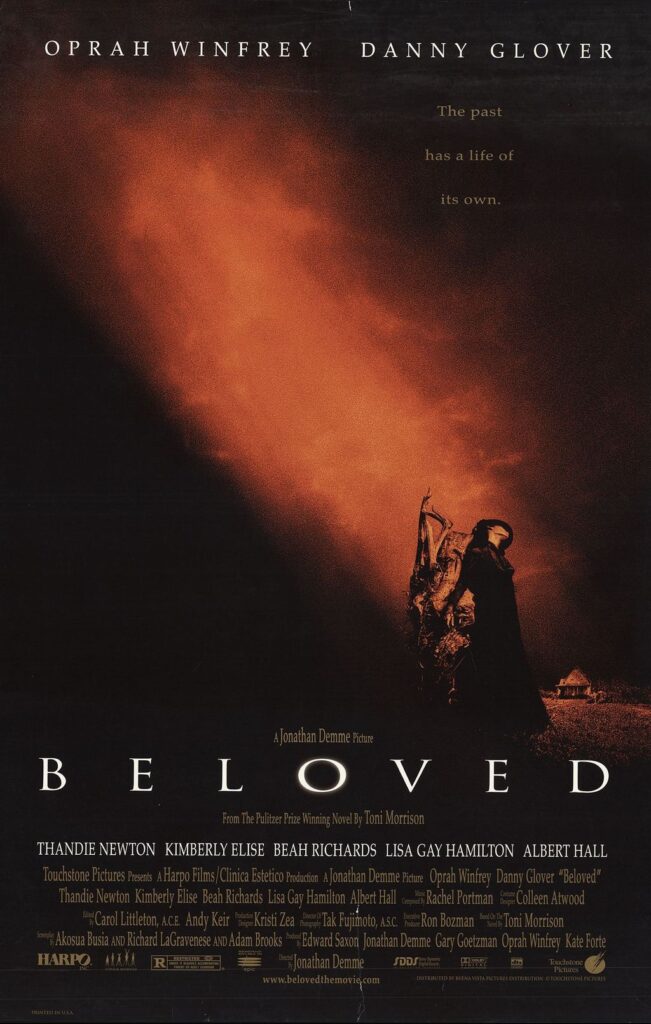
6. **Redefining Strength: The Challenged Notions of Manhood in a Post-Slavery World**Beyond the central narrative of Sethe and her daughters, ‘Beloved’ delves profoundly into the complex and often distorted definition of manhood and masculinity in the aftermath of slavery. Morrison masterfully weaves in this theme, illustrating how the institution of enslavement did more than just physically enslave; it brutally attacked and reshaped the very essence of a man’s identity, stripping him of agency, dignity, and traditional notions of maleness. The novel doesn’t just depict emotions like love and self-preservation; it dissects the moral and societal implications for masculinity.
Through stylistic devices, Morrison provides a nuanced understanding of the legacy of slavery as it pertains to manhood. We gain insight into Paul D’s perception of masculinity through his “half-formed words and thoughts,” which offer the audience a window into his internal turmoil. His sense of manhood, painstakingly constructed and fiercely guarded, is constantly challenged by the dominant norms and values of white culture, forcing him into a continuous negotiation of his identity in a world that sought to diminish him.
Scholar Zakiyyah Iman Jackson notably argues that Paul D’s “reduced manhood” emerges in direct relation to a discourse of animality, a dehumanizing framework imposed by enslavers. This concept highlights how Black men were often stripped of their human attributes and likened to beasts, profoundly impacting their self-perception and their place in society. Morrison deftly contrasts Western and African values, using juxtaposition and allusions to articulate the difficult dialogue between these clashing perceptions of masculinity.
Paul D embodies the tragic reality of many Black men during the Reconstruction era and beyond, who faced insurmountable obstacles due to racism. His dreams and goals, though high, were often unattainable because society, despite his sacrifices and suffering, would not “pay him back” or allow him to achieve what his heart desired. Stamp Paid’s poignant observation of Paul D, “…liquor bottle in hand, stripped of the very maleness that enables him to caress and love the wounded Sethe…,” encapsulates this struggle, portraying him as a “foundation of society” through his coerced labor, yet simultaneously deemed “lower-status” because of his skin color. This powerful portrayal highlights the profound and enduring wound slavery inflicted upon the identity of Black men.
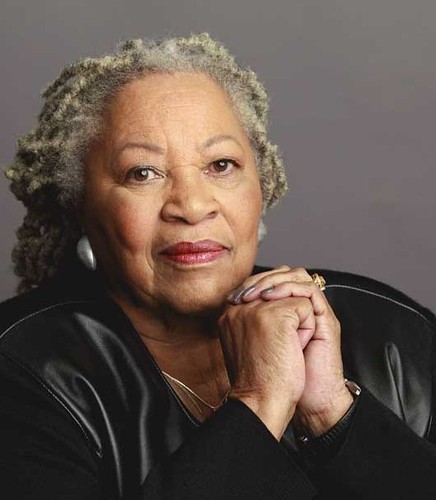
7. **Shattered Foundations: The Dismantlement and Resilience of Family Units**Family relationships form an instrumental, albeit often heartbreaking, element within ‘Beloved,’ vividly illustrating the immense stress and systematic dismantlement of African-American families during and after the era of slavery. The brutal institution denied enslaved individuals the most fundamental rights—rights to themselves, their bodies, their belongings, and, most cruelly, their own children. This systemic stripping away of familial bonds created an unprecedented level of trauma that echoed through generations.
Sethe’s decision to kill her daughter, Beloved, is portrayed within this horrifying context. It was, from her perspective, a desperate “peaceful act” born of a mother’s ultimate desire to save her child from the living hell of re-enslavement. This act, however, tragically divides and fragments her own family, a reflection of the fractured and broken society in which they lived. Even after the Emancipation Proclamation, formerly enslaved families were left “broken and bruised” by the profound hardships and separations they had endured.
The novel powerfully depicts how these families, once atomized by the slave system, sought to re-form and find meaning in a world that offered little support or recognition. The mental strife faced by the protagonist, Sethe, with the haunting presence of Beloved, is a direct manifestation of these fractured family relationships. For example, Beloved’s reappearance after Sethe’s first social outing in years underscores how the past, and its familial wounds, persistently intrude upon any attempt at normalcy or healing.
In a society where enslaved people were barred from full participation in traditional societal events and institutions, their faith and trust often shifted to the supernatural. The novel alludes to this by mentioning the performance of rituals and prayers to their gods. This spiritual dimension became a critical avenue for coping with the profound losses and injustices, creating alternative frameworks of meaning and connection when human institutions failed them so spectacularly. The enduring struggle to rebuild and heal these shattered family foundations is a cornerstone of the novel’s profound message.”
Now that we’ve journeyed through the origins and profound themes that make ‘Beloved’ an enduring masterpiece, it’s time to meet the unforgettable individuals who anchor this powerful narrative. Toni Morrison didn’t just craft characters; she breathed life into souls grappling with the aftermath of unspeakable trauma, creating figures whose struggles and triumphs continue to resonate deeply with readers today. Get ready to dive into the hearts and minds of Sethe, Beloved, Paul D, and Denver, before we explore the novel’s monumental critical acclaim, its lasting legacy, and the ongoing conversations—and controversies—it sparks.
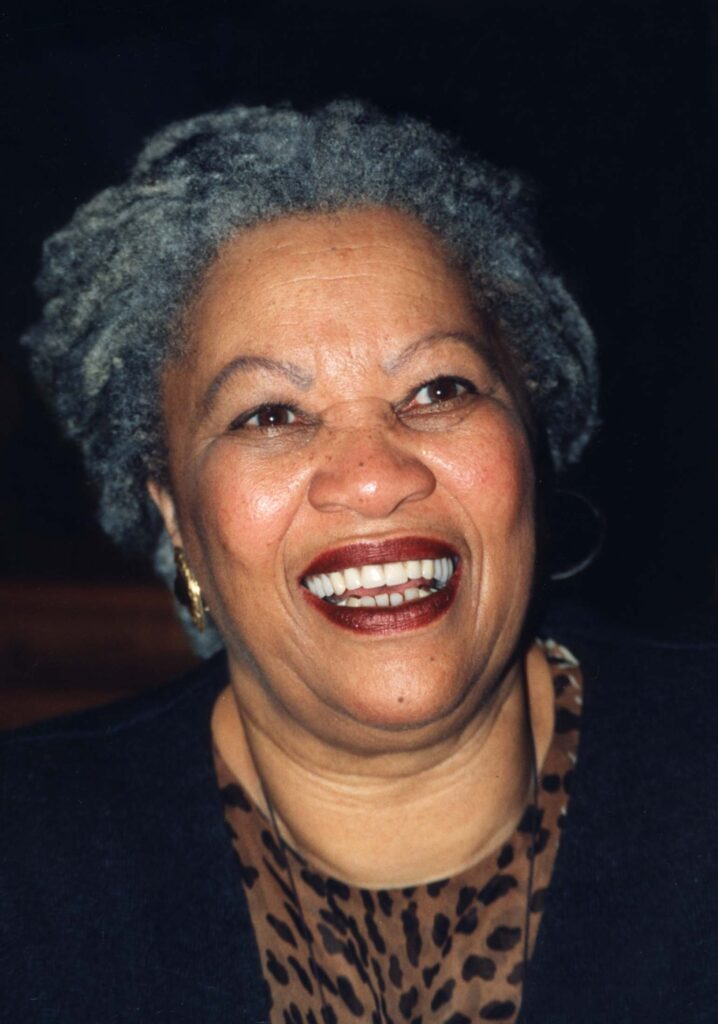
8. **Sethe – The Embodiment of Trauma and Resilience**At the very core of ‘Beloved’ stands Sethe, the novel’s indomitable protagonist, a formerly enslaved woman who embodies both the profound trauma and the fierce resilience born of unimaginable suffering. Living at 124 Bluestone Road, Sethe is defined by a motherly instinct so powerful it led her to an act of desperate love, an act she believed was the ultimate protection for her children against the horrors she endured. Her body itself tells a story, marked by the infamous scars on her back, famously described as a ‘choke-cherry tree,’ a haunting testament to the abuses she experienced at Sweet Home.
Sethe’s central, agonizing decision to kill her infant daughter is portrayed within the horrifying context of slavery, a desperate ‘peaceful act’ to spare her child from re-enslavement. This act, born of a mother’s ultimate desire, becomes a pivotal event, dividing her family and profoundly impacting her surviving daughter, Denver. It’s a stark illustration of how the systematic stripping away of familial bonds under slavery pushed individuals to unthinkable lengths, forcing them into choices no parent should ever have to make.
Her journey throughout the novel is one of confronting repressed memories and, eventually, a path toward individuation. Initially, Sethe struggles to reconcile her past, her identity fragmented by suffering. However, with the catalyst of Beloved’s return and the eventual support of Paul D, Sethe begins the arduous process of reintegrating her fragmented self. This allows her to move towards a relationship that is truly ‘for her,’ relieving her from the self-destructive cycle tied to her maternal bonds.
Morrison also presents Sethe as an unconventional hero. Despite the community’s scorn for her actions, Sethe never wavers in her conviction, justifying, ‘It ain’t my job to know what’s worse. It’s my job to know what is and to keep them away from what I know is terrible. I did that.’ Her heroism lies not in societal approval, but in her unwavering resolve to protect her loved ones, even inspiring Paul D to confront his own painful past and reclaim his manhood.
Read more about: 14 Profound Truths from Toni Morrison’s Beloved That Will Stay With You Long After the Last Page
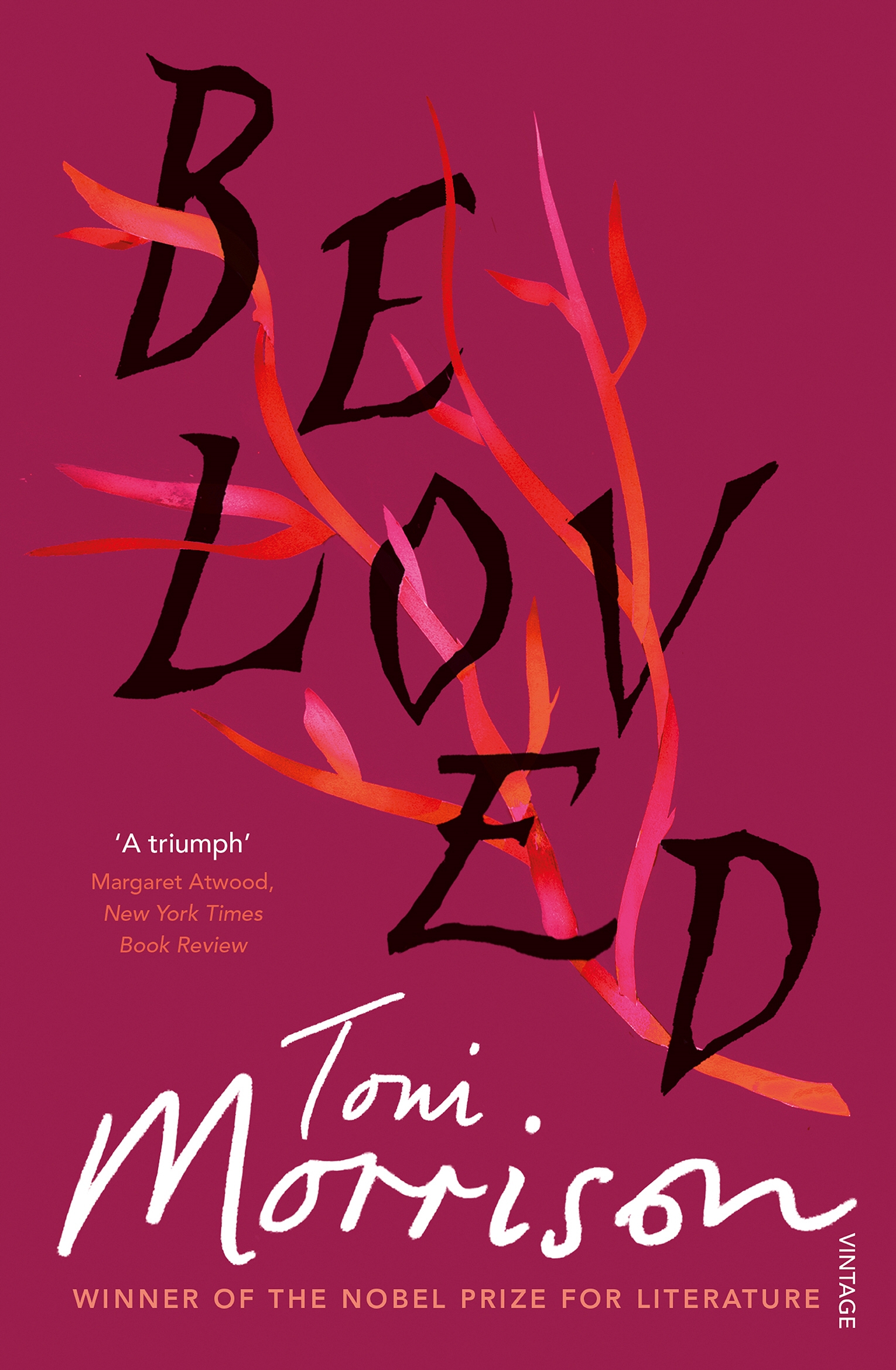
9. **Beloved – The Manifestation of Repressed Memory**Then there’s Beloved, the enigmatic young woman whose mysterious appearance at 124 Bluestone Road sparks the novel’s deepest unraveling. Discovered soaking wet on the doorstep, she is widely believed to be the murdered baby who haunted the house, a belief strengthened by the haunting’s cessation upon her arrival and her childlike behavior. Her name, derived from the single word Sethe could afford to engrave on her tombstone, ‘BELOVED,’ is a poignant symbol of lost identity and a desperate yearning for recognition.
Beloved serves as a haunting catalyst, forcing Sethe, Paul D, and Denver to unearth their long-repressed memories of slavery. She brings the unspeakable past to the surface, initiating a painful but necessary process of ‘re-membering.’ However, her presence is not solely for healing; she becomes increasingly demanding and malevolent, consuming Sethe’s life, merging their voices, and ultimately depleting Sethe both emotionally and physically, highlighting the destructive power of unresolved trauma.
The opaque understanding of Beloved’s nature is central to the novel’s enduring power and critical debate. While many reviewers initially assumed her to be a supernatural ghost, scholars like Elizabeth B. House argue for an interpretation based on mistaken identity. Beloved, haunted by the loss of her own African parents, comes to believe Sethe is her mother, while Sethe, longing for her lost child, is easily convinced Beloved is her returned daughter. This interpretation emphasizes Morrison’s concern with the profound importance of familial ties, even in the face of profound loss and dislocation.
Her disappearance, brought about by the collective power of the Black community’s exorcism, marks a turning point. It allows for a painful reckoning and offers the possibility of liberation from the consuming grip of the past. Beloved, whether ghost or flesh, remains a potent symbol of slavery’s enduring psychological legacy and the profound need to confront and process collective historical trauma.
Read more about: Unpacking ‘Beloved’: An In-Depth Journey Through Toni Morrison’s Pulitzer-Winning Masterpiece, Exploring Its Enduring Characters and Profound Themes
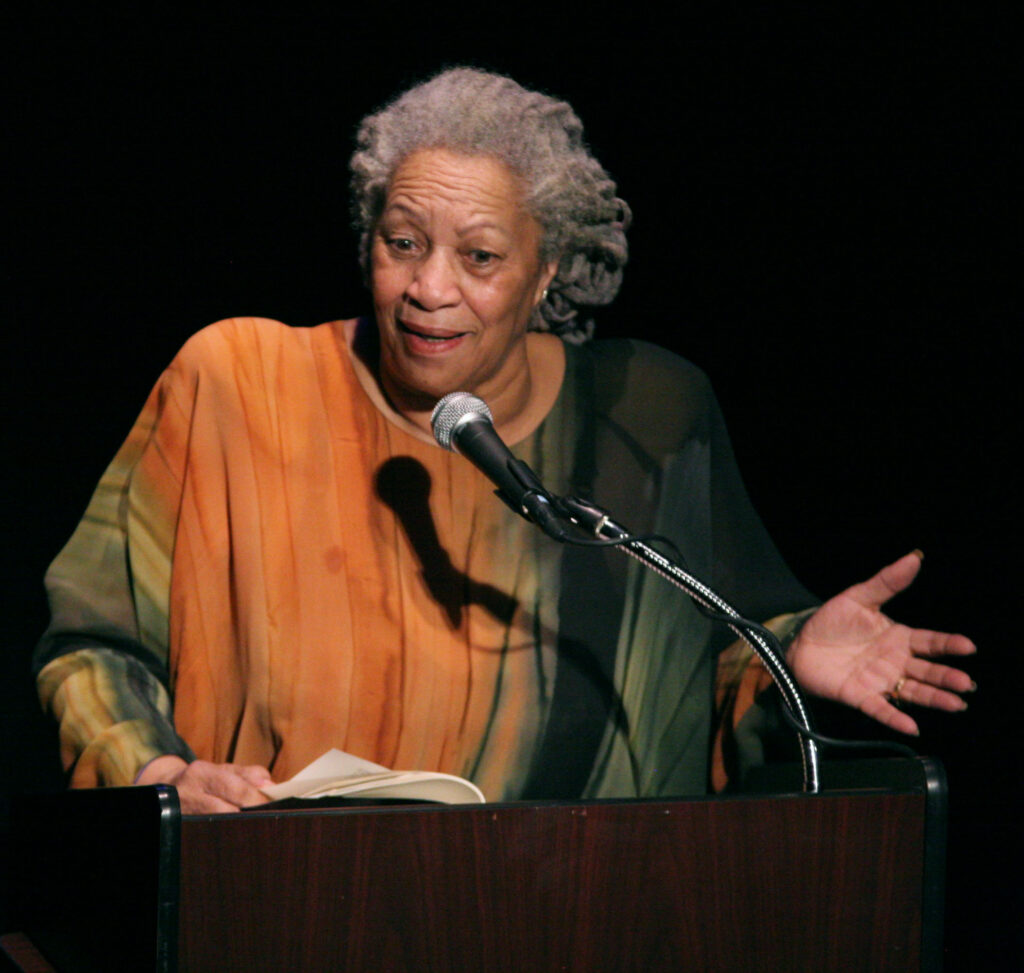
10. **Paul D – The Struggle for Manhood and Healing**Stepping into Sethe’s haunted world is Paul D, one of the formerly enslaved men from Sweet Home, whose arrival at 124 Bluestone Road offers a glimmer of hope for a future free from spectral oppression. Paul D carries his painful memories in a ‘tobacco tin’ for a heart, a metaphor for the emotional repression he employs to survive. He is the one who initially forces out the malevolent spirit from 124, stirring Denver’s resentment but offering Sethe a chance at a more ‘normal’ life.
Paul D’s narrative delves deeply into the challenges of defining manhood in the brutal aftermath of slavery. His sense of masculinity, painstakingly constructed, is constantly challenged by the dehumanizing norms of white culture. Scholar Zakiyyah Iman Jackson highlights how his ‘reduced manhood’ emerged in direct relation to a discourse of animality, where Black men were systematically stripped of their human attributes and likened to beasts, profoundly affecting their self-perception and place in society.
His experiences, particularly the ‘iron bit’ and chain gang, inflicted deep psychological wounds, stripping him of his masculinity. Yet, Morrison shows us Paul D’s quiet heroism. Sethe’s profound tenderness and her refusal to ‘mention or look’ at his scars allow him to retain his manhood, forming a powerful bond between them. Despite his high dreams and goals, often rendered unattainable by a racist society, Paul D struggles to define himself beyond the constraints imposed upon him.
Ultimately, Paul D returns to Sethe, not only to offer love and support but also to facilitate healing. His poignant words, assuring Sethe that ‘You your own best thing,’ provide a path for her to recognize her own self-worth beyond her role as a traumatized mother. His presence marks a vital step toward rebuilding and finding a meaningful existence after the devastation of slavery.
Read more about: 14 Profound Truths from Toni Morrison’s Beloved That Will Stay With You Long After the Last Page
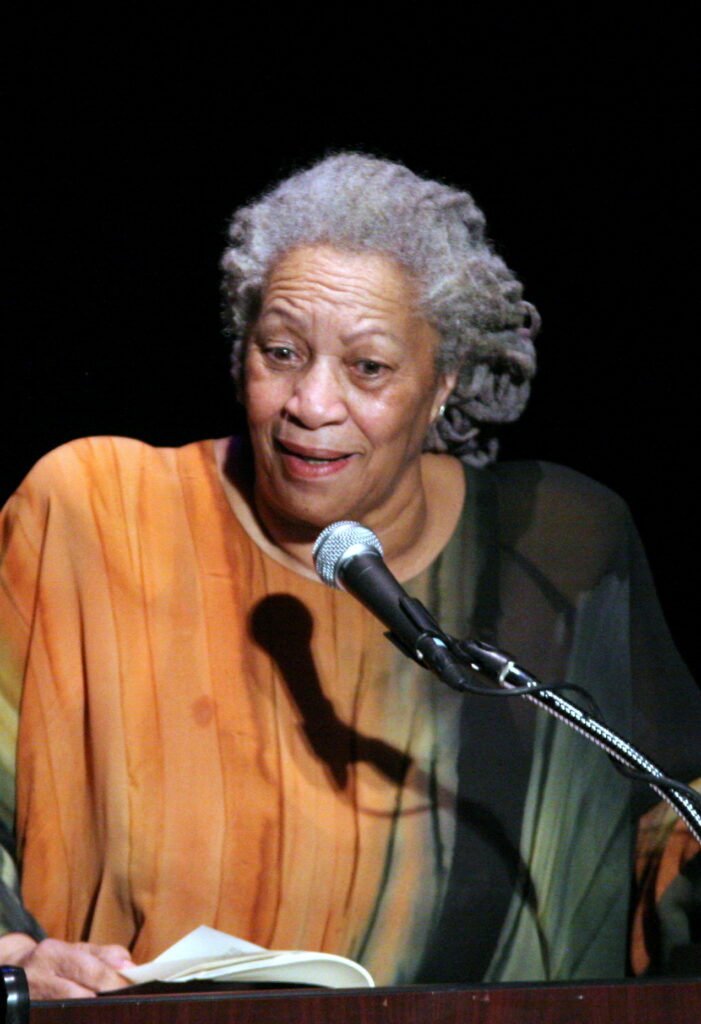
11. **Denver – From Isolation to Independence**Denver, Sethe’s surviving daughter, initially lives a life defined by profound isolation within the confines of 124 Bluestone Road. Shy, friendless, and housebound, her earliest companion is the haunting spirit of her deceased sister, a presence that fills the void left by her brothers’ flight and her mother’s withdrawn state. Her journey in ‘Beloved’ is a compelling arc from extreme dependency to a blossoming independence and courageous self-actualization.
Initially, Denver’s development is inhibited by her mother’s desperate attempts to protect her. Sethe’s possessive love, a consequence of her own trauma, inadvertently isolates Denver, preventing her from engaging with the wider Black community and forming her own identity. This dynamic shifts dramatically with Beloved’s arrival, as Denver first clings to her as a replacement companion, believing she is her returned sister.
However, it is Beloved’s increasingly malevolent influence that serves as a crucial catalyst for Denver’s transformation. Faced with Sethe’s deterioration and the threat Beloved poses, Denver is forced to ‘step off the edge of the world’—a powerful metaphor for her terrifying but necessary venture beyond the familiar, isolated yard of 124. This act of courage, reaching out to the Black community, marks her true entry into womanhood and independence.
Denver’s fight for her personal independence ultimately merges with her determination to secure her mother’s wellbeing. By breaking the cycle of isolation at 124 and inspiring the community’s intervention, she assumes a positive, nurturing role reminiscent of Baby Suggs, her grandmother. Her actions demonstrate that true heroism can be found in defying isolation and fostering community, rescuing her mother from the oppressive grip of the past.
Read more about: 14 Profound Truths from Toni Morrison’s Beloved That Will Stay With You Long After the Last Page
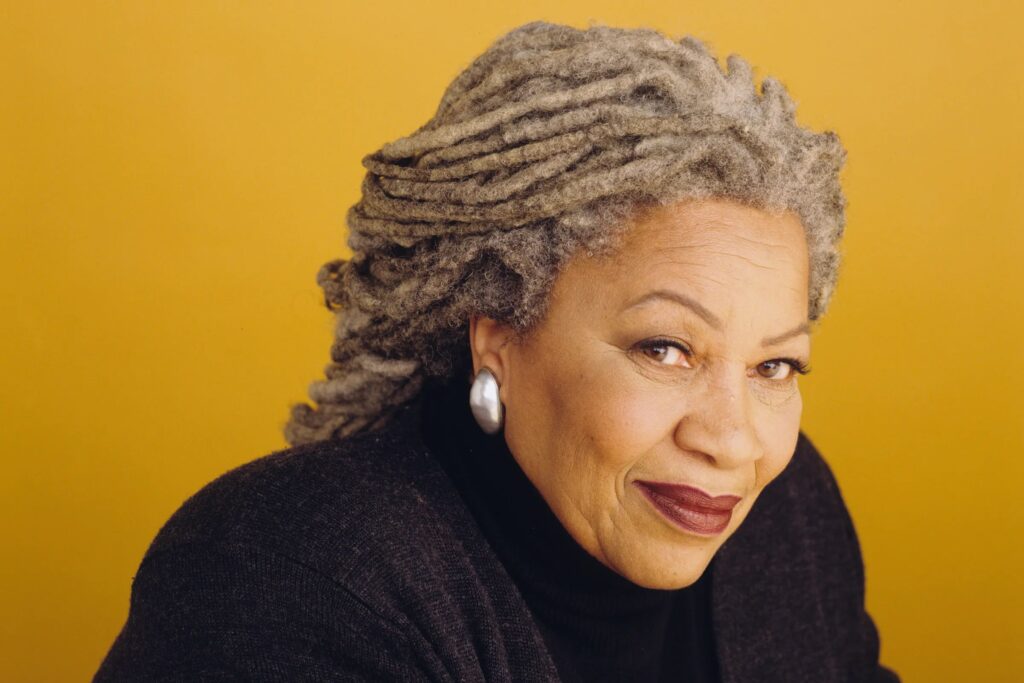
12. **Critical Acclaim and Awards: A Literary Earthquake**Upon its publication in 1987, Toni Morrison’s ‘Beloved’ wasn’t just a book; it was a literary earthquake, immediately garnering the greatest acclaim yet for the esteemed author. The novel was a finalist for the prestigious 1987 National Book Award and, a year later, triumphantly secured the Pulitzer Prize for Fiction, cementing its place in the literary canon and signaling its monumental importance.
Yet, its journey to universal recognition wasn’t without its own dramatic turns. The novel’s failure to win the National Book Award sparked a significant moment in literary history when 48 prominent African-American writers and critics, including giants like Maya Angelou and Henry Louis Gates Jr., published a powerful letter of protest in The New York Times Book Review. Their collective voice underscored the novel’s undeniable merit and cultural significance, advocating for its rightful place among the greats. Beyond the Pulitzer, ‘Beloved’ also received other significant honors, including the Robert F. Kennedy Memorial Book Award, the Melcher Book Award, the Lyndhurst Foundation Award, and the Elmer Holmes Bobst Award, showcasing its widespread impact.
Commentators have universally praised ‘Beloved’ as a profound exploration of family, trauma, the repression of memory, and a crucial restoration of the historical record, offering a vital voice to the collective memory of African Americans. The enigmatic nature of the character Beloved herself became a subject of scholarly debate, with some reviewers initially faulting it as a confusing ghost story. However, compelling arguments, such as those by Elizabeth B. House, proposed interpretations of mistaken identity, highlighting Morrison’s deeper concern with familial ties rather than mere supernatural elements, which has shifted critical understanding over time.
The novel’s reception also catalyzed a new wave of Morrison criticism, focusing intensely on her representation of the African-American experience and history. Scholars began to explore the idea of writing as a means of healing and recovery, with ‘Beloved’ becoming a cornerstone for discussions on memory, or ‘rememory’ as Sethe calls it, and how confronting the past, however painful, is essential for identity and community formation.
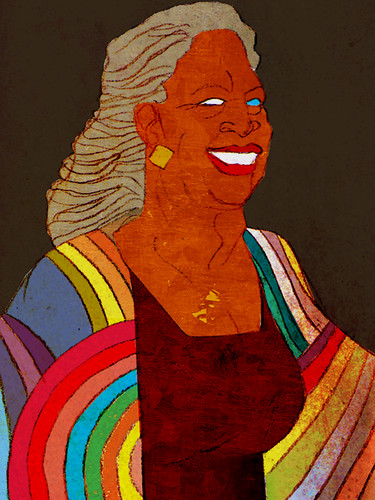
13. **An Enduring Legacy: Benches and Beyond**’Beloved’ didn’t just win awards; it inspired a movement and forged an enduring legacy that extends far beyond the printed page. The book’s poignant dedication, ‘Sixty Million and more,’ a solemn remembrance of the Africans and their descendants lost to the Atlantic slave trade, was a powerful statement of purpose from its inception. Toni Morrison herself, in accepting the Frederic G. Melcher Book Award in 1988, lamented the absence of suitable memorials for those who perished, stating, ‘There’s no small bench by the road… And because such a place doesn’t exist (that I know of), the book had to.’
These words sparked a remarkable initiative: the Toni Morrison Society began to install ‘benches by the road’ at significant sites in the history of slavery across America. The very first such bench was dedicated on July 26, 2008, on Sullivan’s Island, South Carolina, a profoundly symbolic location where an estimated 40% of enslaved Africans first entered the United States. Morrison expressed how deeply moved she was by this tangible memorial, recognizing it as a realization of her novel’s inherent mission.
The legacy of ‘Beloved’ is also reflected in its continued recognition by prestigious institutions. It received the Robert F. Kennedy Center for Justice and Human Rights Book Award, acknowledging its powerful reflection of Robert Kennedy’s concerns for the poor and powerless and his struggle for justice. More recently, in 2019, the BBC News prominently featured ‘Beloved’ on its list of the 100 most inspiring novels, affirming its timeless resonance and global impact.
By 2017, the 21st ‘bench by the road’ was placed at the Library of Congress, dedicated to Daniel Alexander Payne Murray, the first African-American assistant librarian of Congress. These benches, scattered across the nation, stand as powerful, quiet monuments, ensuring that the stories and lives ‘Beloved’ memorializes are never truly forgotten, and continuing Morrison’s profound work of historical witness and remembrance.
Read more about: 15 Global Havens: Where Your $30,000 Income Buys a Richer Life
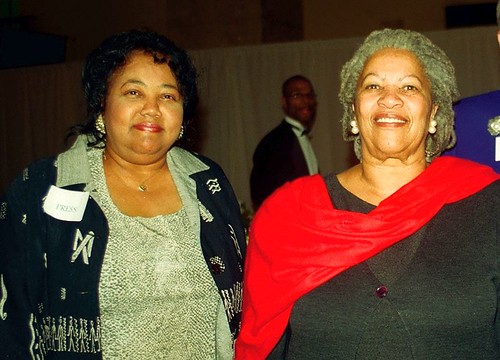
14. **The Persistent Battle: Banning and Censorship**Despite its towering literary status and widespread acclaim, ‘Beloved’ has faced a persistent and often fervent battle against censorship, with repeated attempts to ban it from U.S. schools. Common reasons cited for these challenges often revolve around its unflinching depiction of sensitive topics, including bestiality, infanticide, , and violence – themes that, while difficult, are central to portraying the brutal realities of slavery.
One notable instance occurred in 2007, twenty years after its publication, when an AP English class at Eastern High School in Louisville, Kentucky, had the book abruptly banned by the principal. The ban, implemented after a parent complained about language on page 13, was met with strong opposition from English teachers, alumni, and the community. This collective outcry ultimately led to the ban being lifted, and ‘Beloved’ continues to be taught at the high school, a testament to the power of advocacy for literary freedom.
The novel became a flashpoint in Virginia politics in 2017, when a parent’s complaint about its ‘violent , including a gang rape’ led to its consideration for removal from the Fairfax County senior English reading list. This parental concern directly inspired the controversial ‘Beloved Bill,’ legislation that would have mandated public schools notify parents of ‘sexually explicit content’ and provide alternative assignments upon request. Governor Terry McAuliffe notably vetoed this bill, sparking further debate.
‘Beloved’ even played a significant, albeit unnamed, role in the 2021 Virginia gubernatorial election. Governor McAuliffe’s debate statement, ‘I don’t think parents should be telling schools what they should teach,’ was seized upon by his opponent, Glenn Youngkin. A powerful commercial featuring a parent recounting her efforts to ban the book, without ever naming the novel or author, underscored how ‘Beloved’ remains at the heart of ongoing societal discussions about curriculum control, freedom of expression, and the often-uncomfortable truths embedded in our history and literature.
So there you have it, an in-depth look at Toni Morrison’s ‘Beloved’ – a novel that isn’t just a story, but a living, breathing testament to the enduring human spirit, the power of memory, and the continuous fight for justice and understanding. From its unforgettable characters who grapple with the deepest scars of history to its celebrated critical reception, its profound legacy of remembrance, and the ongoing debates it ignites, ‘Beloved’ remains a vital, transformative work. It challenges us to confront the past, to embrace uncomfortable truths, and to never forget the voices that were silenced. Truly, a masterpiece that demands to be read, revisited, and remembered for generations to come.



